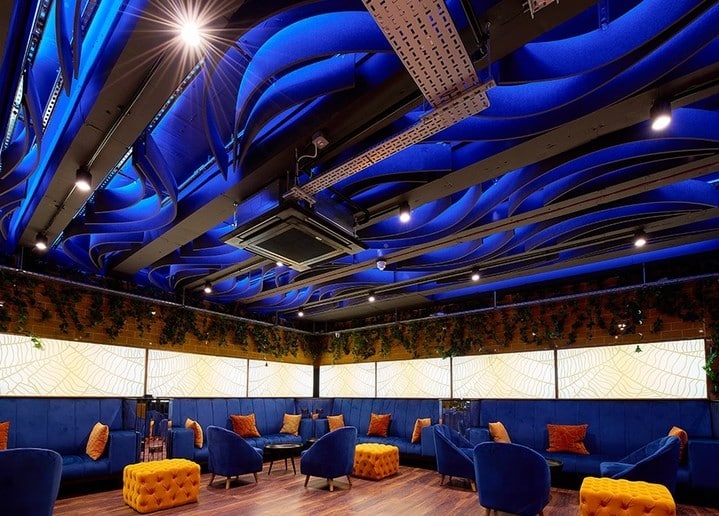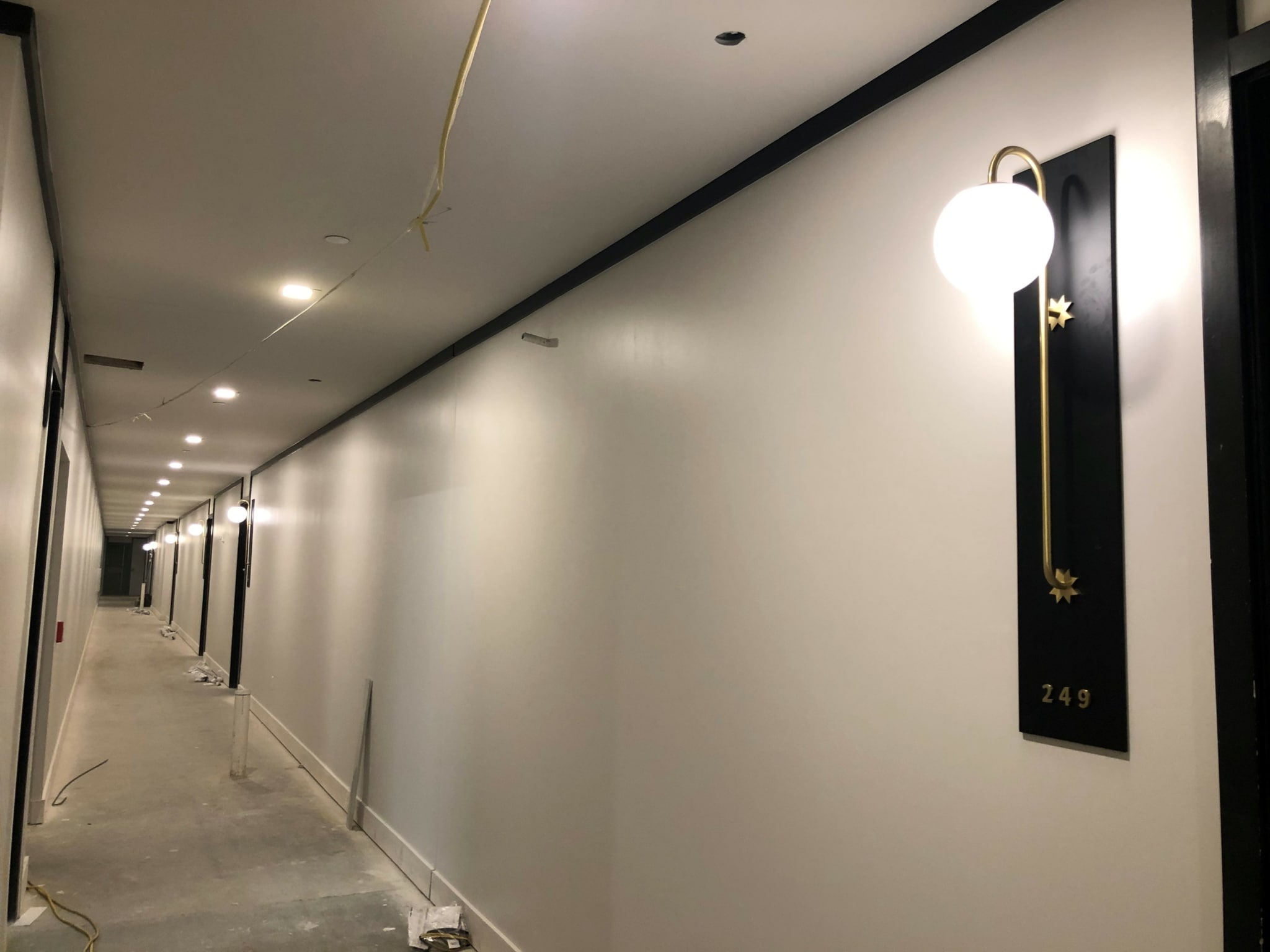A lighting designer knows how to brighten a room, whether in an office, a restaurant, music venue, or any type of facility. There’s a lot that goes into the decision, and while it may seem simple, there’s a reason there are experts who specialize in this area (especially for commercial projects).
When you’re picking out a lighting fixture for a space, you’re thinking about a number of factors:
- Where should you place it?
- What do you need to illuminate?
- How bright should it be?
- What mood do you want to set?
- What style works best with the rest of the room?
- What’s your budget for the fixture, future maintenance, and long term for energy consumption?
- How will natural light affect and interact with the space depending on the time of day?
These same questions apply when it comes to lighting a commercial space, except that here you’re working on a much more complex scale. There’s the size of the space, of course, which is sometimes quite large. And there is the usage of each space within to consider. The lighting has to meet the needs of each area specific to how it will be used and by whom. Different groups of people interact with each space in different ways, and the lighting chosen should support all of them.
This is what lighting designers do and why lighting designers are so important.

According to the International Association of Lighting Designers (IALD), “Light is a technically difficult yet astonishing medium that requires mastery of varied and continually evolving disciplines. A lighting design practice integrates the arts, sciences and business of illumination design and implementation.” As multi-disciplinary professionals, lighting designers are involved in commercial building projects from the start to get the lights just right.
Want to learn more? Visit our blog: What does a lighting designer do?
How Does a Lighting Designer Work?
Lighting designers work in conjunction with architects and builders to illuminate a space in a way that meets all its users’ needs. This includes businesses, residences, public buildings, indoor/outdoor spaces, and more.
Attractive and functional lighting means thinking about budget as well as brand identity. The flow of the space and how the building’s contents are displayed. the kind of work the staff will be doing, the psychological needs of customers and clients, and the different hours users will be in the building. The amount of sunlight available in the building’s location, and its occupant’s need for privacy or openness, are also factors.

Lighting designers also have to be familiar with the latest lighting technologies and light fixtures. They need to know what types of fixtures are available and how each works to illuminate a space, and they need to know the color temperature of different light sources, which range from warm white to true daylight as well as how the optics of each fixture affects the space. As they analyze their options for a commercial space, a lighting designer will take into account its different functions for different users, and the costs involved before specifying specific products.
Lighting Designer Training and Qualifications
Lighting designers have to have a firm grasp on electrical systems, energy usage, architectural basics, available products, and project management, as well as the needs and behaviors of different types of users of commercial buildings—office, retail, or manufacturing workers; customers and clients; and building managers and owners.
The profession is multi-disciplinary; as such, there isn’t exactly a single route to follow in order to become a lighting designer. There are no college programs offering bachelor’s degrees in lighting design, for instance. Instead, lighting designers usually come from the ranks of electricians, lighting retailers, architects, and designers. Having mastered their original field, these professionals develop expertise in the others by working on projects with professionals in related areas, or by training under an established lighting designer.
Whichever route they take to get there, a lighting designer can prove their qualifications for the field by becoming a Certified Lighting Designer (CLD). The CLD was created in 2015 after five years of study and deliberation by an international panel of lighting experts. To apply, aspiring lighting designers need to have a portfolio of projects showing at least three years working as a lead designer in charge of:
- Conceptualizing and designing lighting schemes for clients
- Documented light design solutions
- Communicating with clients and project teams
- Guiding the implementation of the lighting design

Membership in the International Association of Lighting Designers (IALD) also affirms a designer’s proficiency. The IALD has a rigorous application process and only accepts individuals after peer-review of their full portfolio. IALD members also agree to adhere to high ethical standards. For example, to avoid a conflict of interest, members may not sell or install lighting equipment.
Why Choose a Lighting Designer?
Commercial buildings are often complex design projects, given their size and the diverse needs of different user groups. A professional lighting designer will know how to bring together all of the factors involved in creating and operating a commercial facility and come up with the right lighting plan for the space.
For more information on lighting design or to ask questions about which Solais product is right for you, get in touch or find your closest rep.
